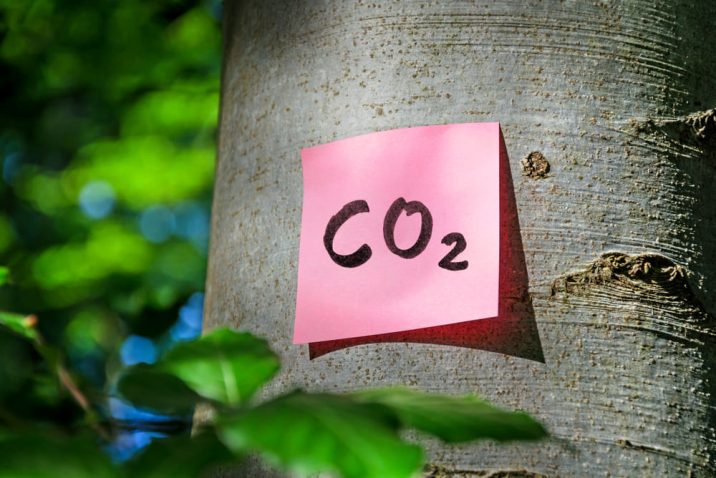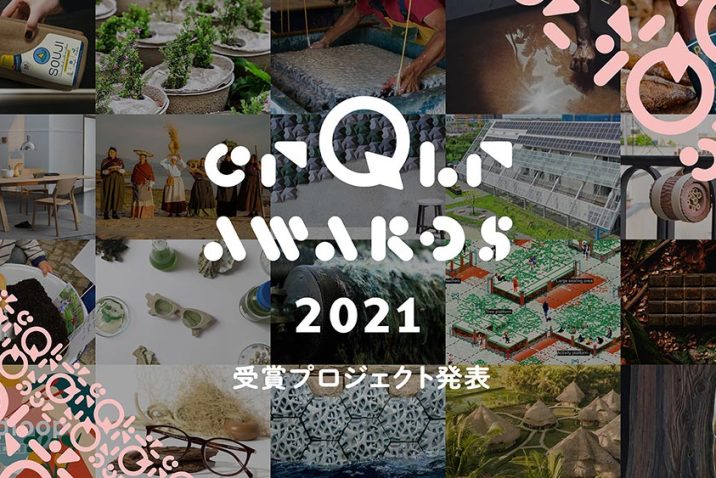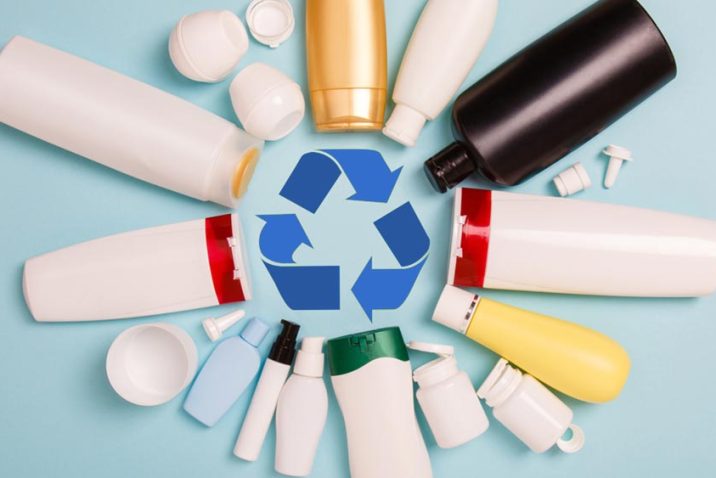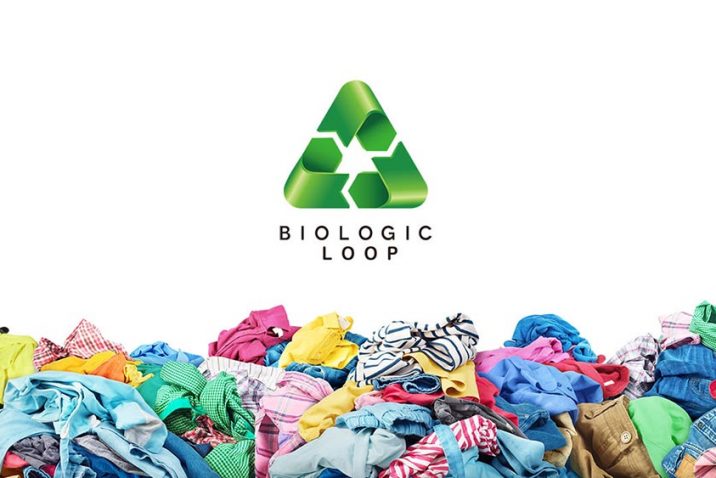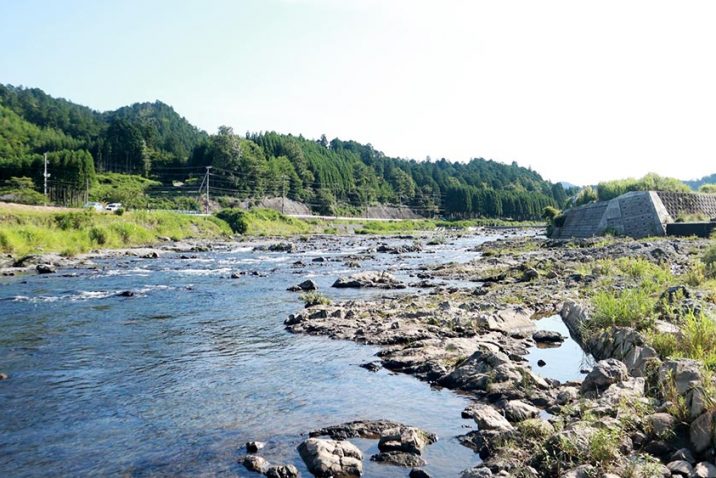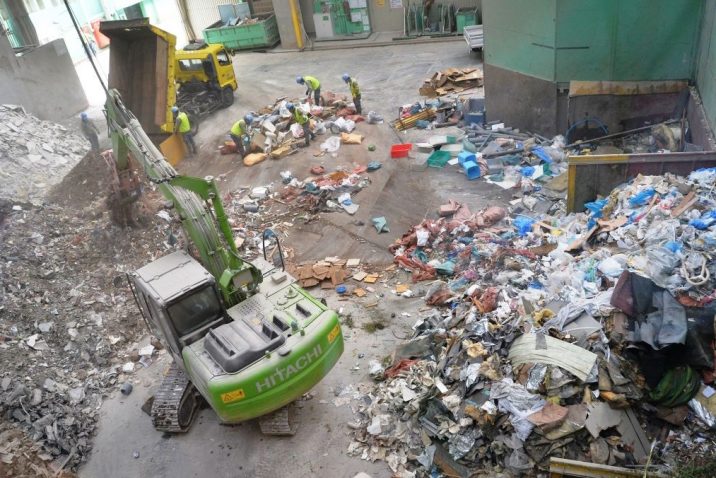The climate emergency is one of the biggest challenges the world has ever faced, and demands immediate attention and action. Japan declaring net zero carbon by 2050 is a declaration not only to reduce carbon emissions, but also a dramatic change in...
As Japan’s Plastic Resource Circulation Act will be enacted in April, the nation’s interest in a circular economy is likely to increase. The Act promotes the society to “not generate waste” instead of the conventional “reduce waste.” The...
Until recently, most design work has focused on the economic value it can provide, but with the current climate crisis the world is facing, it is time for companies, municipalities, scientists, and all of us in society to work towards designing...
Many people may organize their closets when the seasons change. This can happen more frequently for those who have children because they grow out of their clothes quickly. Considering that some clothes still can be worn, you may feel that throwing...
Zenbird Media has covered a myriad of topics in 2021. While changes in Japan are slow, the editors of Zenbird do see positive changes and have identified possible solutions (even though, we hoped for more speed). Despite the 2nd year of...
Loop Japan GK, based in Yokohama City, Kanagawa Prefecture, has announced that from November, the company will start research on implementing a business model for the sale of commercial products with reusable containers via a new sales platform Loop...
Saturday Factory in Hanno City, Saitama Prefecture, is the base for a group of craftsmen who specialize in creating quality interior goods. They developed the Planklip, a connector that can be used to attach planks and boards to build shelves...
Fashion is the world’s second-largest polluter and water-intensive industry in the world. The clothes manufacturing process consumes resources such as water, energy, and chemicals. It also accounts for 10% of the world’s carbon emissions. In Japan...
After a 40-minutes drive northwest from Kyoto City through the mountainous paths and luscious greens, you will come upon a wide basin where the modest Keihoku Town sits. Greenery sprawls the fields, and the sun lights the scene up, seemingly...
In recent years, the idea of circular economy has been gradually attracting attention in Japan. Circular economy refers to the closed circuit of consumption, where waste is not produced and additional resources are not introduced. To realize...


